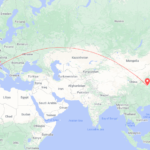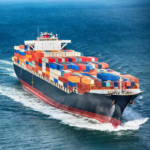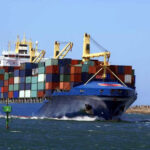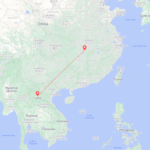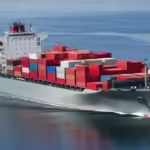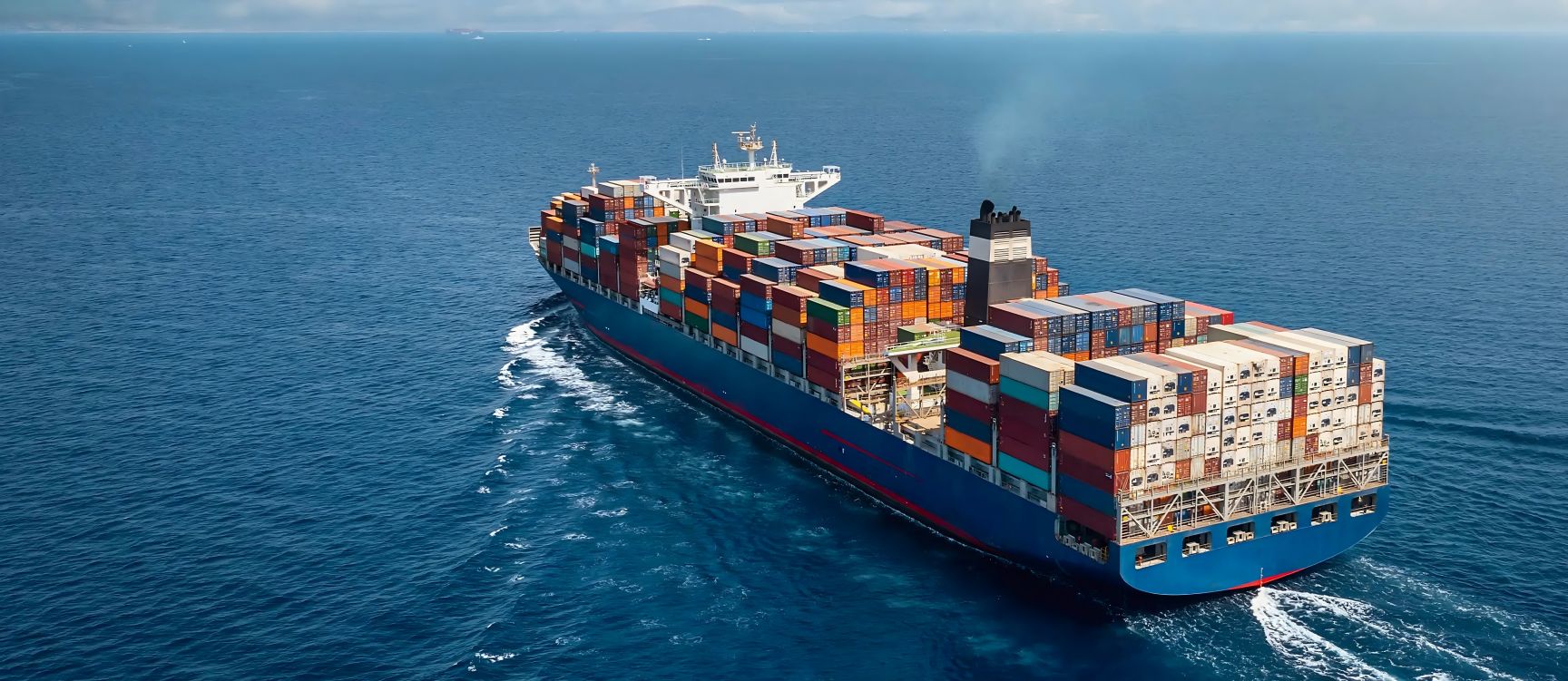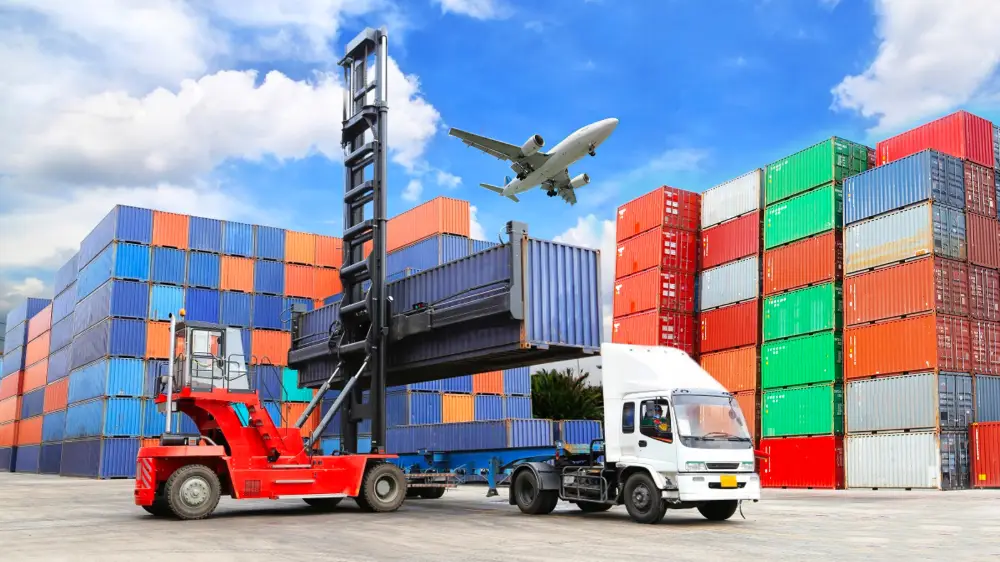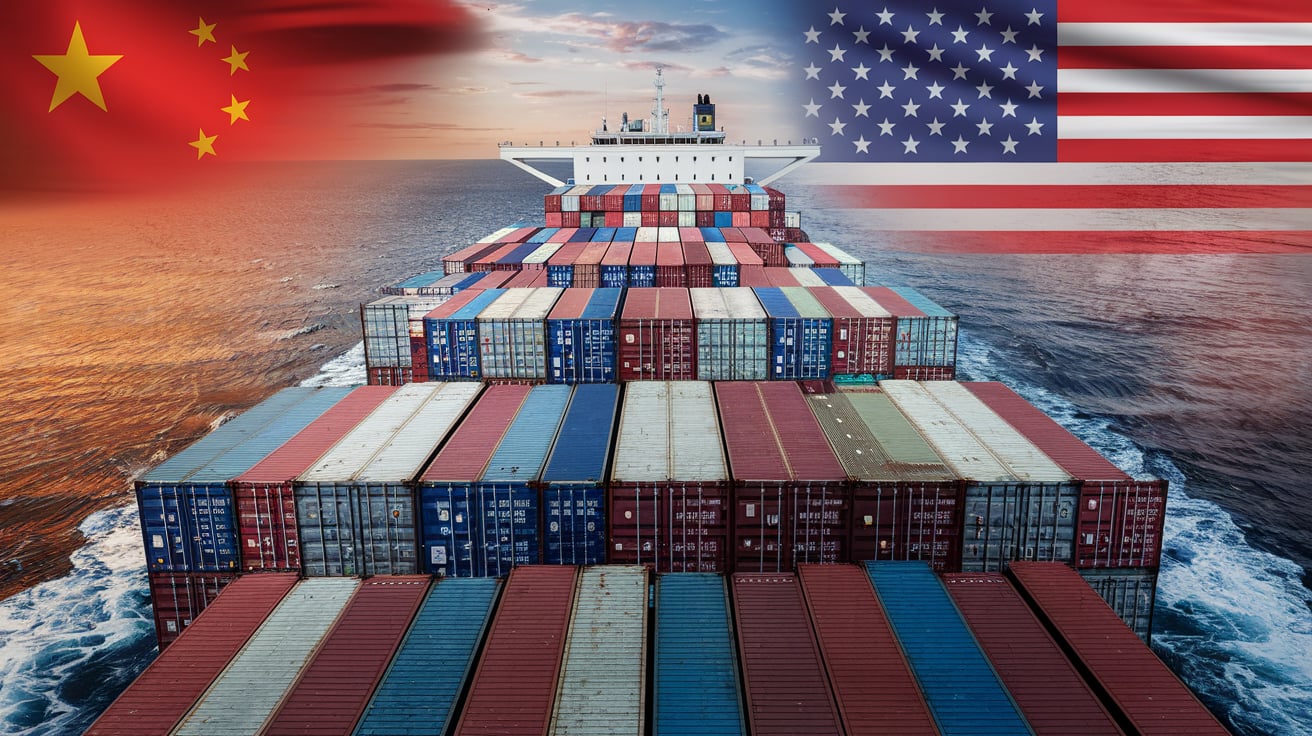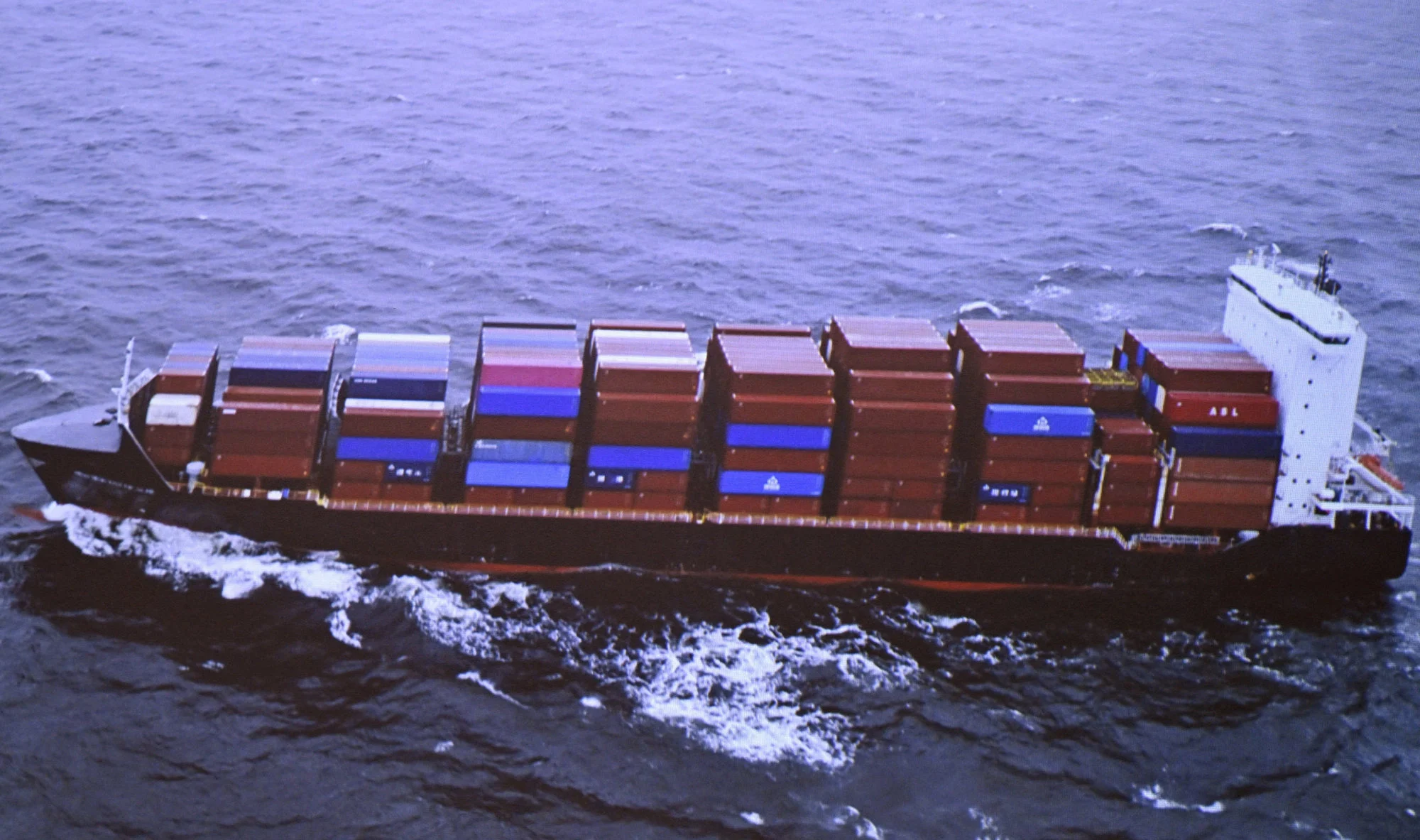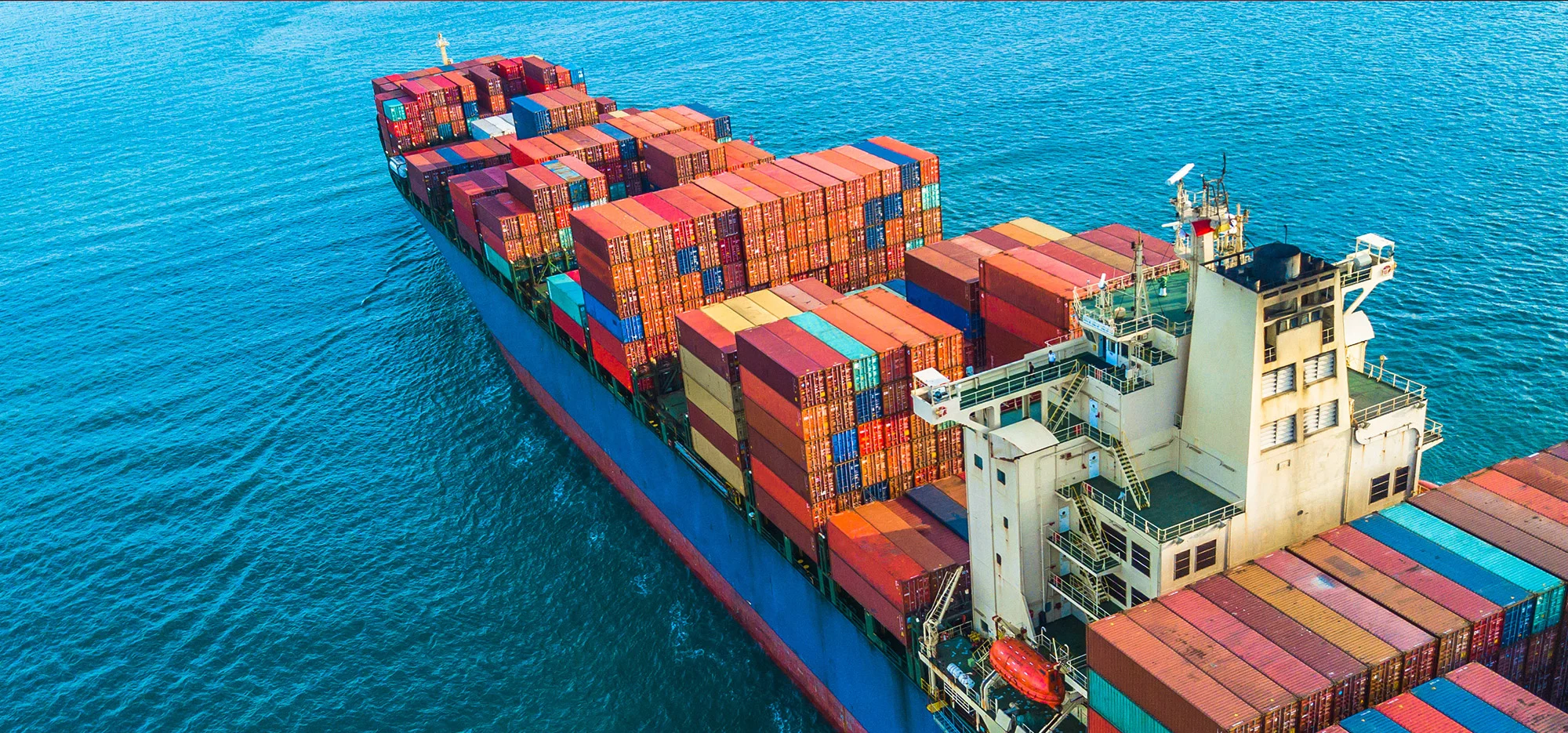As global trade continues to expand, sea freight shipping has emerged as a vital method for transporting goods across international borders. In particular, shipping from China to Italy offers businesses a cost-effective and efficient solution for importing a range of products. This comprehensive guide explores the intricacies of sea freight, highlighting the benefits, processes, and essential documentation required to navigate this logistics landscape successfully. Whether you’re a seasoned importer or new to international trade, understanding the nuances of sea freight can help you optimize your supply chain and enhance your shipping experience.
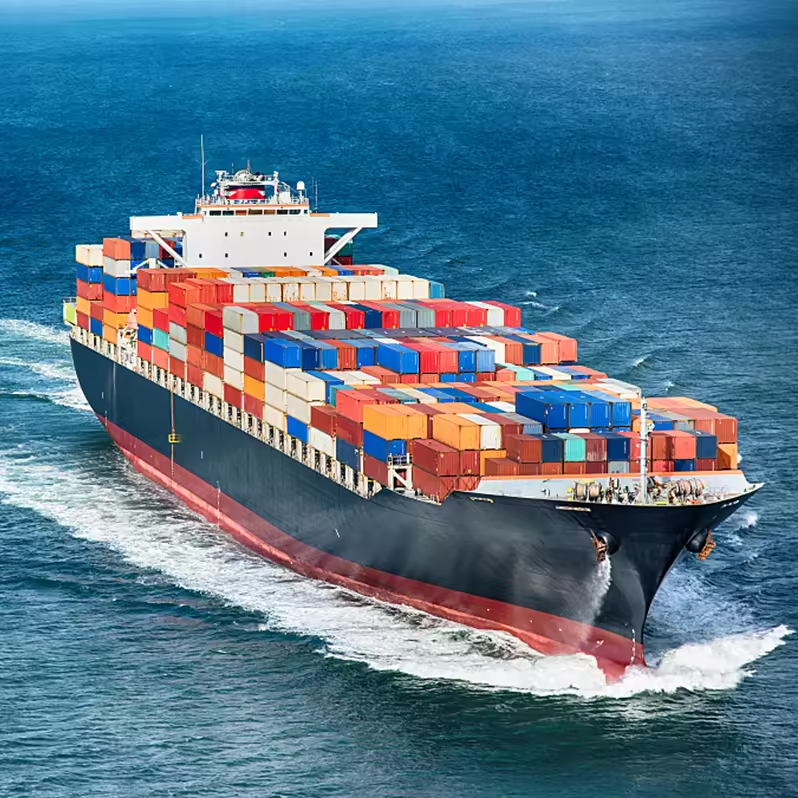
Understanding Sea Freight Shipping From China to Italy
Sea freight shipping refers to the transport of goods via ocean vessels, a method predominantly used for international trade. This mode of transport is vital for moving large volumes of cargo across vast distances, particularly when shipping from countries like China to destinations such as Italy. Ships are equipped to handle various types of goods, including bulk commodities, containers, and specialized cargo.
The shipping process generally involves several steps, including booking the shipment, preparing documentation, and ensuring compliance with the regulations of both the exporting and importing countries. Reliable freight forwarding services, like those offered by Dantful International Logistics, can streamline these processes, ensuring that shipments arrive safely and on time.
Benefits of Sea Freight from China to Italy
Choosing sea freight for shipping goods from China to Italy provides numerous advantages:
-
Cost-Effectiveness: Sea freight is generally more economical than air freight, particularly for large shipments. The cost per unit decreases significantly as the volume increases, making it an ideal choice for businesses looking to manage logistics expenses effectively.
-
Capacity for Large Shipments: Ocean vessels can carry vast quantities of goods, making them suitable for businesses that import large volumes of products. This capacity is crucial for bulk commodities and large-scale industrial goods.
-
Diverse Cargo Options: Sea freight accommodates various types of cargo, including hazardous materials, oversized items, and temperature-sensitive products. Proper packaging and container selection ensure that cargo arrives intact and undamaged.
-
Environmental Benefits: Transporting goods by sea has a lower carbon footprint compared to air freight. As companies increasingly focus on sustainability, sea freight presents a more eco-friendly option for bulk shipping.
-
Flexibility in Logistics: Shipping by sea can be integrated with other modes of transport, such as rail or road, for a complete door-to-door logistics solution. This flexibility is crucial for businesses seeking to optimize their supply chain.
-
Enhanced Security: Sea freight shipments are typically more secure due to the robust nature of cargo containers and the rigorous security protocols enforced by shipping lines and port authorities.
Types of Sea Freight Services
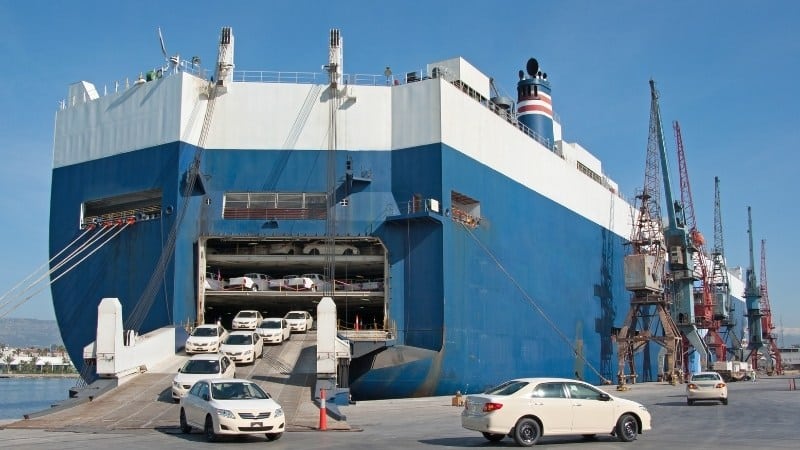
Several sea freight services cater to various customer needs:
-
Full Container Load (FCL): This service is ideal for businesses that have enough cargo to fill an entire container. FCL provides exclusive use of the container, minimizing risks of damage or loss associated with other shipments.
-
Less Than Container Load (LCL): For smaller shipments that do not require a full container, LCL allows multiple consignments to share a container. This option is cost-effective for businesses that import smaller quantities.
-
Breakbulk Shipping: This service is used for oversized or heavy cargo that cannot fit in standard containers. Breakbulk shipping requires specialized handling, and experienced freight forwarders can manage the logistics effectively.
-
Roll-on/Roll-off (RoRo): This method is used for transporting vehicles or heavy machinery that can be driven on and off the vessel. RoRo services are beneficial for automotive manufacturers and importers.
-
Shipping Consolidation: Freight forwarders often provide consolidation services, combining several small shipments into one container. This option reduces costs and simplifies logistics for businesses with varied cargo needs.
Read More:
- Shipping From China To Netherlands
- Shipping From China To Spain
- Shipping From China To Germany
- Shipping From China To France
- Shipping From China to Italy
- Shipping From China To Poland
- Shipping From China to United Kingdom
Preparing for Your Sea Freight Shipment
Calculating Cargo Volume and Weight
Accurate calculations of cargo volume and weight are fundamental for determining shipping costs and ensuring compliance with shipping regulations. Consider the following steps:
-
Measure Dimensions: Use appropriate tools to measure the length, width, and height of your cargo.
- Calculate Volume: Convert the measurements into cubic meters (CBM) using the formula:

-
Determine Weight: Weigh the cargo using a certified scale. Be aware of the difference between gross weight (including packaging) and net weight (the weight of the cargo alone).
-
Check Shipping Limits: Ensure that the calculated weight and volume fall within the shipping limits imposed by the freight carrier.
Choosing Between FCL (Full Container Load) and LCL (Less Than Container Load)

Selecting between FCL and LCL depends on your shipment’s size and requirements:
-
FCL is suitable if your cargo can fill a container, providing advantages like lower cost per unit and reduced handling risks. FCL shipments typically have faster transit times due to less handling during loading and unloading.
-
LCL is more appropriate for smaller shipments, allowing businesses to share the container’s space and costs. However, it may incur additional handling fees and longer transit times due to the need to consolidate multiple shipments.
Selecting the Right Container Size
Choosing the correct container size is critical to optimizing space and ensuring cargo safety. Standard container sizes include:
| Container Type | Dimensions (ft) | Typical Volume (CBM) |
|---|---|---|
| 20′ Standard | 20 x 8 x 8.5 | 33 |
| 40′ Standard | 40 x 8 x 8.5 | 67 |
| 40′ High Cube | 40 x 8 x 9.5 | 76 |
| 45′ High Cube | 45 x 8 x 9.5 | 85 |
Consider the nature of your cargo, its weight, and volume when selecting a container size. Engaging a freight forwarder like Dantful International Logistics can provide valuable insights and recommendations tailored to your shipping needs, ensuring efficient and cost-effective transportation solutions.
For a seamless shipping experience and to take advantage of our high-quality, one-stop international logistics service, consider partnering with Dantful for all your freight forwarding needs.
Essential Documents for Sea Freight From China to Italy
When engaging in sea freight shipping from China to Italy, understanding the required documentation is crucial for a smooth process. Each document serves a specific purpose and is essential for compliance with international shipping regulations.
Commercial Invoice
The commercial invoice is a vital document that outlines the details of the transaction between the buyer and the seller. It includes information such as:
- Names and addresses of both parties
- Description of the goods
- Quantity and unit price
- Total value of the shipment
- Payment terms
This invoice acts as a legal record of the sale and is used for customs clearance in both China and Italy.
Packing List
A packing list provides detailed information about the contents of the shipment. It includes:
- Item descriptions
- Quantity of each item
- Dimensions and weight of packages
- Packaging type (box, pallet, etc.)
This document helps customs officials and freight forwarders verify the cargo and ensures that all items are accounted for during loading and unloading.
Bill of Lading
The bill of lading (BOL) is a crucial document that serves as a contract between the shipper and the carrier, as well as a receipt for the goods. It includes:
- Details of the sender and receiver
- Description of the cargo
- Routing information
- Terms of service
The BOL is essential for claiming the goods upon arrival in Italy, as it provides proof of ownership.
Certificate of Origin
The certificate of origin (CO) verifies the country of origin of the goods being shipped. This document can affect tariff rates and is often required by customs authorities in Italy. It may include:
- Description of the goods
- Country of origin
- Signatures from authorized entities or chambers of commerce
Having an accurate CO helps facilitate smoother customs clearance and compliance with Italian import regulations.
Customs Declaration Forms
Customs declaration forms are required for both exporting from China and importing into Italy. These forms detail the nature of the goods, their value, and their purpose (commercial, personal use, etc.). Properly completing these forms is essential for ensuring compliance with customs regulations and avoiding delays.
The Sea Freight Shipping Process Step-by-Step
Understanding the step-by-step process of sea freight shipping from China to Italy enables businesses to navigate logistics effectively.
- Obtaining a Freight Quote and Booking
- Providing Shipment Details to the Freight Forwarder: Begin by sharing essential information about the shipment, including dimensions, weight, type of cargo, and destination.
- Agreeing on Shipping Terms and Rates: Discuss and finalize shipping terms, including Incoterms, delivery times, and rates.
- Confirming the Booking: Once terms are agreed upon, confirm the booking with the freight forwarder to proceed with scheduling.
- Cargo Pick-Up and Delivery to the Port
- Arranging for Cargo Pick-Up from the Supplier: Coordinate with the supplier to organize the transportation of the goods.
- Transporting the Goods to the Port of Departure in China: Ensure efficient logistics to deliver the cargo to the designated port, preparing it for export.
- Export Customs Clearance in China
- Submitting Required Documents: Provide all necessary documentation (commercial invoice, packing list, etc.) to customs authorities for review.
- Paying Export Duties and Taxes: Complete the clearance process by fulfilling any applicable duties or taxes.
- Loading and Ocean Transportation
- Loading the Cargo onto the Vessel: Ensure that the cargo is loaded correctly to prevent damage during transit.
- Transit Time from China to Italy: The average transit time can vary based on multiple factors but usually ranges from 25 to 35 days, depending on the shipping route.
- Import Customs Clearance in Italy
- Submitting Import Documents: Present all required documentation to Italian customs for the import process.
- Paying Import Duties and Taxes: Ensure compliance with local regulations by fulfilling any duties or taxes owed.
- Cargo Unloading and Delivery to the Final Destination
- Unloading the Cargo at the Port of Arrival in Italy: Upon arrival, the cargo will be unloaded and inspected by customs.
- Arranging for Final Delivery to Your Warehouse or Facility: Coordinate with your freight forwarder to transport the goods from the port to the designated facility.
Challenges of Sea Freight
Engaging in sea freight comes with its unique set of challenges that businesses must anticipate and manage:
Longer Transit Times: Planning for Delays
Sea freight typically involves longer transit times compared to air freight. Delays can arise from various factors, including port congestion, customs inspections, and unexpected weather conditions. Businesses should plan for potential delays by building extra time into their supply chain schedules and establishing contingency plans.
Weather-Related Risks: Ensuring Cargo Safety
Adverse weather conditions, such as storms or typhoons, can disrupt shipping schedules and jeopardize cargo safety. It is essential to work with a reliable freight forwarder who can monitor weather patterns and adjust routes as necessary to protect shipments.
Tips for a Smooth Sea Freight Experience
To enhance the sea freight experience and minimize complications, consider the following tips:
Choosing a Reliable Freight Forwarder
Selecting a trusted freight forwarder, like Dantful International Logistics, is crucial for ensuring efficient logistics management. A reputable forwarder will have experience navigating customs regulations and managing shipping processes from start to finish.
Packing and Labeling Your Cargo Properly
Proper packing and labeling are essential to prevent damage and ensure compliance with shipping regulations. Use durable packaging materials, and clearly label each package with the necessary details, including destination, weight, and handling instructions.
Tracking Your Shipment During Transit
Utilizing tracking technology enables real-time monitoring of your shipment, allowing for better communication with suppliers and customers. Most freight forwarders provide tracking services that can help manage expectations regarding delivery times.
Preparing for Potential Delays or Unexpected Events
Having contingency plans in place can mitigate the impact of unforeseen delays. Maintain open lines of communication with your freight forwarder to stay informed about any changes in shipping schedules or unexpected challenges.
By adhering to best practices and leveraging the expertise of Dantful, businesses can optimize their sea freight shipping from China to Italy, ensuring a seamless and efficient process.
Dantful International Logistics Services:
- Dantful Ocean Freight Services
- Air Freight From China
- Amazon FBA Freight Forwarding
- WAREHOUSE Services
- One-Stop Customs Clearance Solution
- Cargo Insurance Services in China
- DDP Shipping Services By Dantful Logistics
- Out of Gauge Cargo Transportation Shipping Services
FAQs
-
What is sea freight shipping?
Sea freight shipping refers to the transportation of goods via ocean vessels, primarily used for international trade. It involves several steps, including booking, documentation, and customs clearance. -
What are the benefits of choosing sea freight from China to Italy?
The benefits include cost-effectiveness, capacity for large shipments, diverse cargo options, lower environmental impact, flexibility in logistics, and enhanced security. -
What types of sea freight services are available?
The main types include Full Container Load (FCL), Less Than Container Load (LCL), Breakbulk Shipping, Roll-on/Roll-off (RoRo), and shipping consolidation services. -
How do I prepare my cargo for sea freight shipment?
Calculate cargo volume and weight accurately, choose between FCL or LCL based on shipment size, and select the right container size to optimize space and safety. -
What essential documents are needed for sea freight shipping?
Necessary documents include a commercial invoice, packing list, bill of lading, certificate of origin, and customs declaration forms. Each document serves a specific purpose for compliance and customs clearance. -
What is the step-by-step process of sea freight shipping?
The process includes obtaining a freight quote, arranging cargo pick-up, export customs clearance in China, loading and ocean transportation, import customs clearance in Italy, and final delivery to the destination. -
What challenges can arise during sea freight shipping?
Common challenges include longer transit times, weather-related risks, and potential delays due to port congestion or customs inspections. -
What tips can help ensure a smooth sea freight experience?
Tips include choosing a reliable freight forwarder like Dantful International Logistics, packing and labeling cargo properly, tracking shipments during transit, and preparing for potential delays with contingency plans.

Young Chiu is a seasoned logistics expert with over 15 years of experience in international freight forwarding and supply chain management. As CEO of Dantful International Logistics, Young is dedicated to providing valuable insights and practical advice to businesses navigating the complexities of global shipping.
The other language versions of this article
- دليل خطوة بخطوة للشحن البحري من الصين إلى إيطاليا
- Stapsgewijze handleiding voor zeevracht van China naar Italië
- Guide étape par étape du fret maritime de la Chine vers l’Italie
- Schritt-für-Schritt-Anleitung für Seefracht von China nach Italien
- Guida passo passo al trasporto marittimo dalla Cina all’Italia
- Guía paso a paso para el transporte marítimo de China a Italia
- Guia passo a passo para frete marítimo da China para a Itália
- Пошаговое руководство по морским перевозкам из Китая в Италию
- Çin’den İtalya’ya Deniz Taşımacılığına İlişkin Adım Adım Kılavuz

